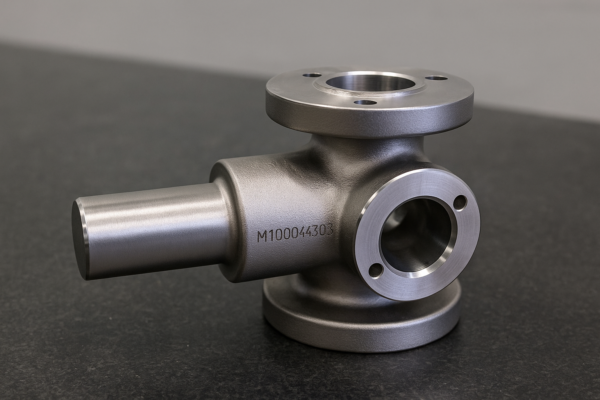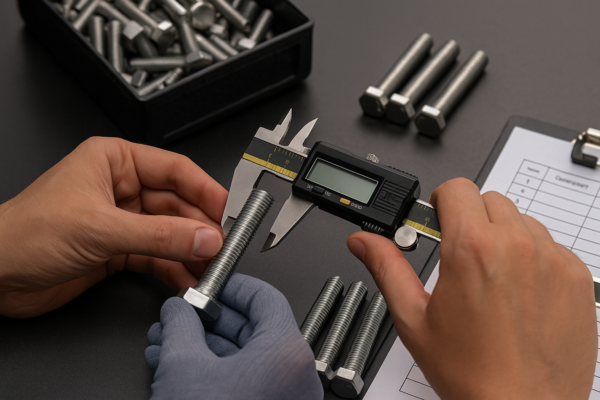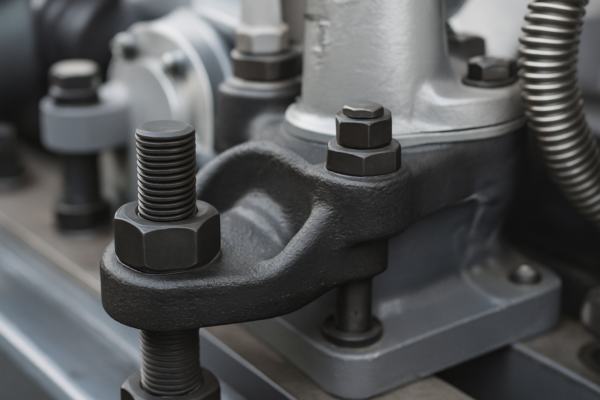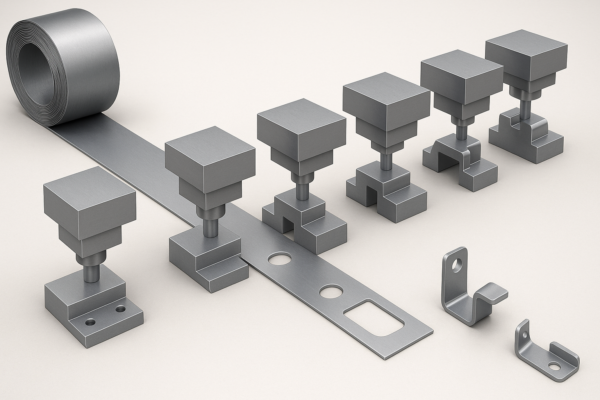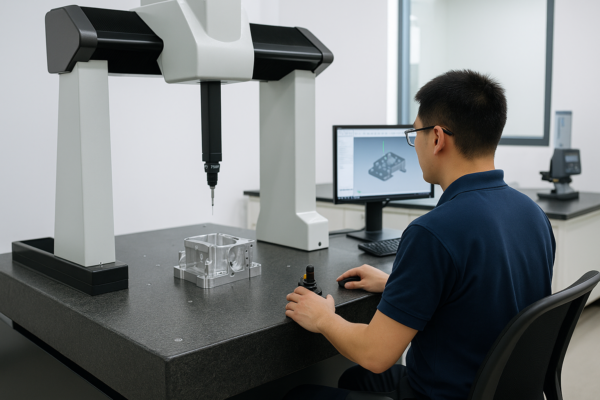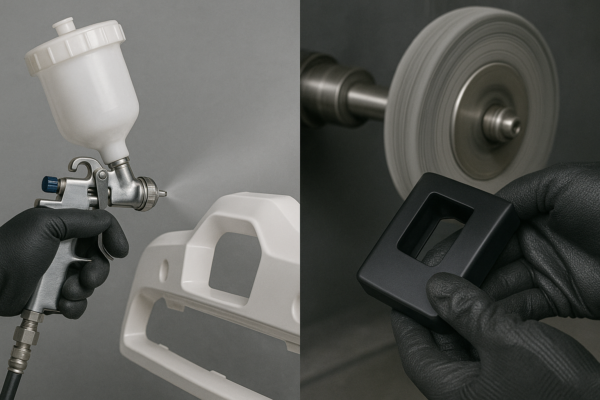What Are the 4 Types of Forging?
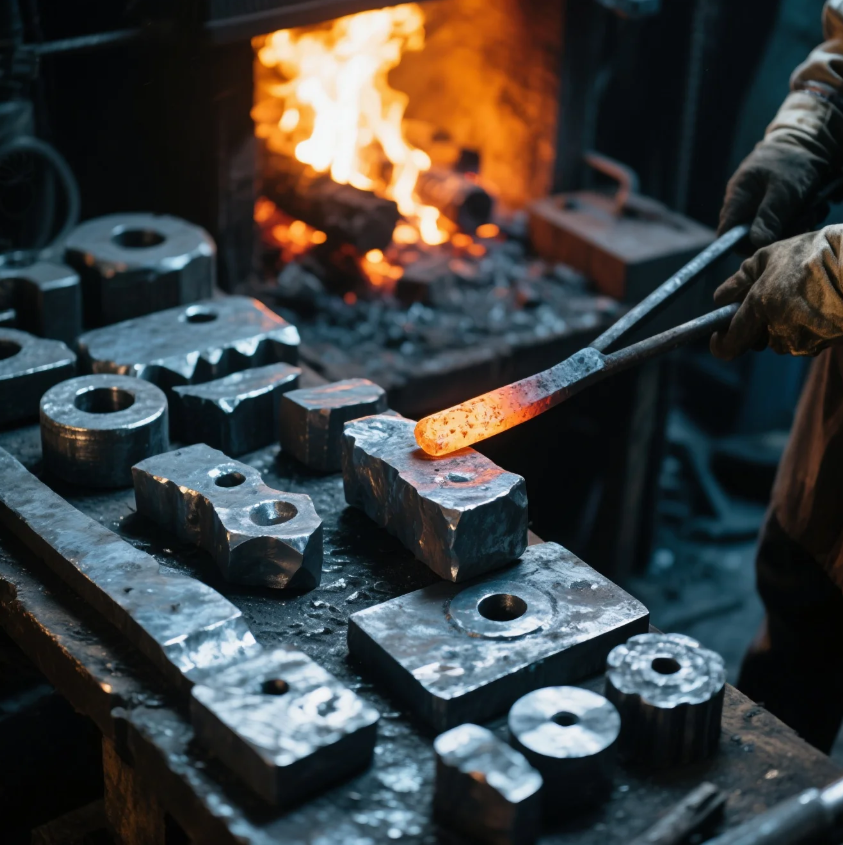
Forging is a key process in metalworking that uses heat and pressure to shape metal. Understanding the different types of forging processes is essential for choosing the right method for your needs. Many customers, especially in industries like automotive and aerospace, ask about these processes to ensure they get high-quality, durable parts. Let’s explore the four main types of forging processes.
Snippet paragraph: Metal forging involves different processes that shape metal through pressure. The four types of forging are open-die, closed-die, rotary, and die-forging.
With a variety of options available, it’s important to understand which process works best for your specific needs.
What Are the 4 Types of Forging Processes?
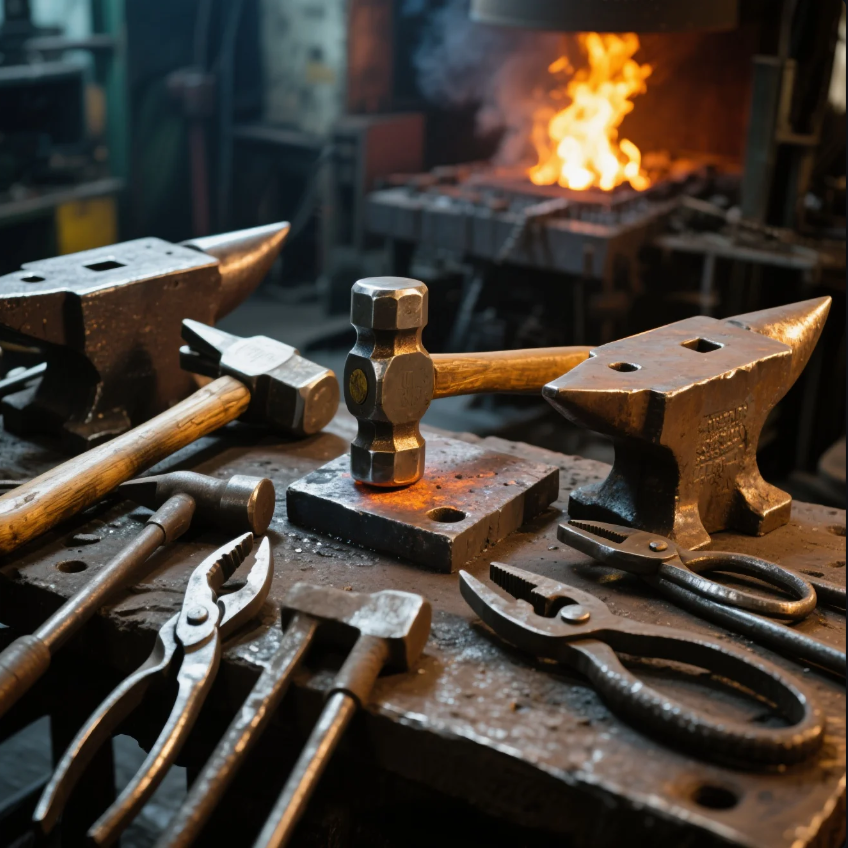
The four main types of forging processes are open-die, closed-die, rotary, and die-forging. Each has its own set of applications and benefits. Let’s break them down:
1. Open-Die Forging
Open-die forging, also called free forging, involves shaping metal between two flat dies. It’s ideal for producing larger, simpler parts that don’t require intricate designs. Open-die forging is often used for creating shafts, rods, and other basic shapes. This process is cost-effective and flexible, making it suitable for large runs of industrial components.
2. Closed-Die Forging
In closed-die forging, the metal is placed inside a mold or die cavity and shaped under high pressure. This process is more precise than open-die forging, making it perfect for parts that require detailed shapes, such as gears and bearings. Closed-die forging also provides better material strength and uniformity.
3. Rotary Forging
Rotary forging involves the rotation of a workpiece while pressure is applied through dies. This process is often used for parts with complex geometries and high precision requirements. Rotary forging is ideal for creating parts like flanges and connecting rods, particularly in the automotive industry.
4. Die-Forcing
Die-forging is a high-pressure forging method used to create small components with very tight tolerances. It’s a versatile process used for producing parts that need to be shaped into detailed forms quickly. Die-forging can create intricate designs and is often used in industries such as aerospace and precision tooling.
Each of these processes has distinct advantages, and choosing the right one depends on the material, complexity, and desired properties of the part.
What Are the Three Main Classes of Forging?
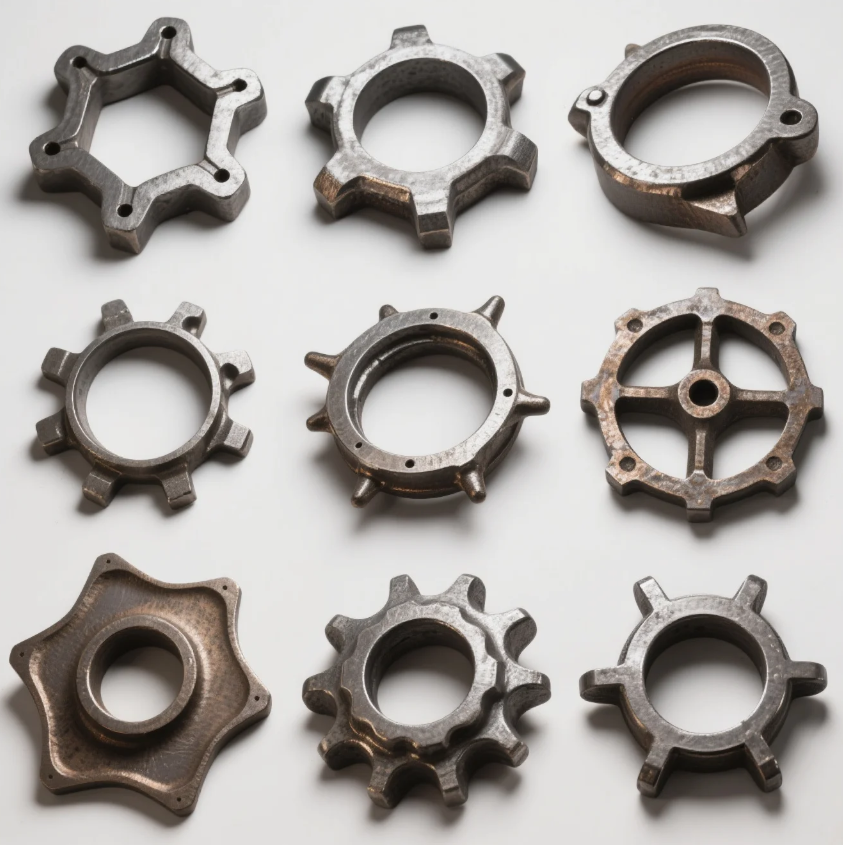
Forging processes can be categorized into three main classes: hand forging, machine forging, and hydraulic forging. Each class offers different capabilities and is suited for specific production volumes and part designs.
1. Hand Forging
This is the oldest and most traditional method of forging. It involves using manual tools like hammers and anvils to shape the metal. Hand forging is typically reserved for smaller-scale production or custom work, especially when high precision is not as critical.
2. Machine Forging
Machine forging uses machines such as mechanical presses or hammers to apply the necessary force. It’s more efficient than hand forging and can produce larger quantities of parts with good precision. This method is widely used in industries like automotive and construction for producing medium-sized parts.
3. Hydraulic Forging
Hydraulic forging uses hydraulic presses to apply the force needed to shape the metal. It is ideal for high-volume production of large and complex parts. Hydraulic presses provide consistent pressure, making it easier to create parts with intricate designs.
What Is the Most Common Type of Forging?
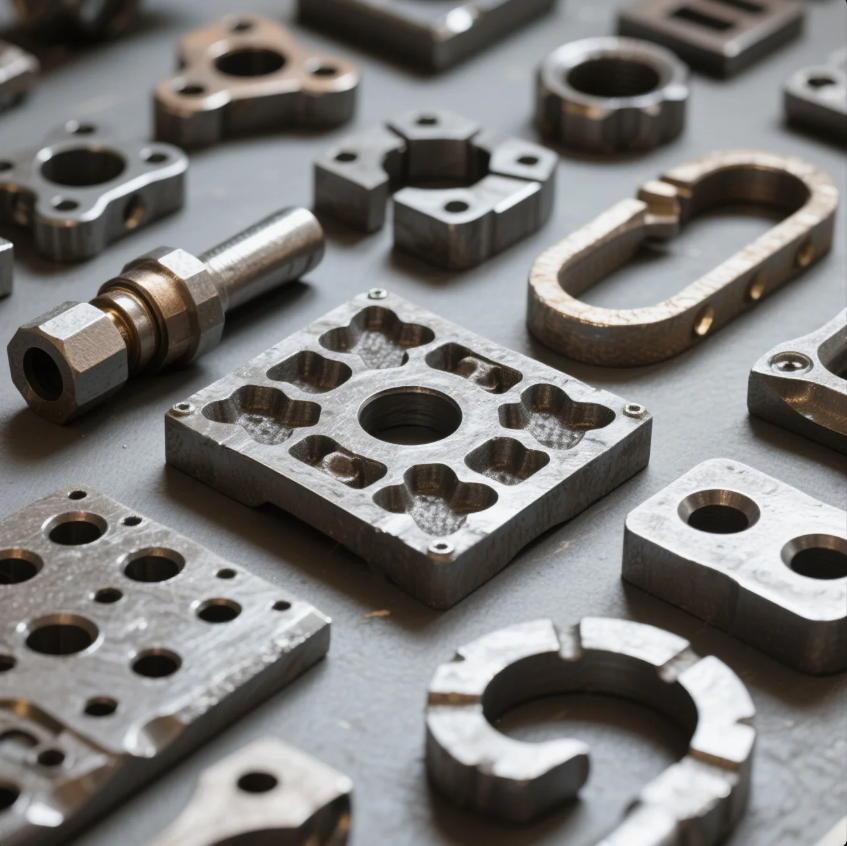
Among the various types of forging processes, closed-die forging is the most common and widely used method. Its ability to produce precise and detailed shapes with high material strength makes it suitable for a broad range of industries. Closed-die forging is commonly used for producing components like gears, shafts, and automotive parts.
Closed-die forging offers a high degree of precision, which is essential for parts that will undergo heavy stress or need to fit into complex assemblies. It’s the go-to choice when durability and accuracy are critical.
What Are the Various 5 Steps in the Forging Process?
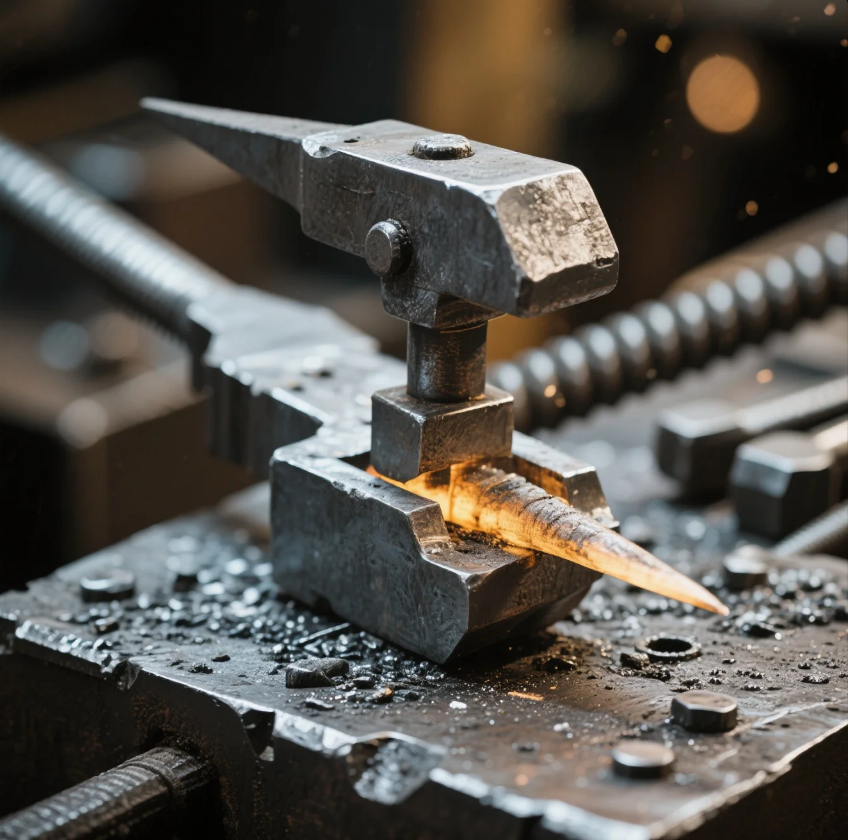
The forging process is a series of steps that are followed to ensure the material achieves the desired shape and properties. While specific methods vary, the general steps in forging are as follows:
1. Heating
The first step in forging is heating the metal to a temperature where it becomes malleable. This temperature depends on the type of metal being forged. The heating process helps the metal soften and makes it easier to shape under pressure.
2. Shaping
Once the metal is heated, it is placed between two dies, and force is applied to shape the material. This is where the forging process differs depending on whether it’s open-die, closed-die, or another method. The die shapes the metal into the desired part.
3. Trimming
After the metal is shaped, excess material (flash) is trimmed away to create the final part. This step ensures that the part meets the required dimensions and eliminates any unnecessary material.
4. Cooling
Once the metal is shaped, it is cooled down to room temperature. Cooling allows the material to harden and retain its shape. In some cases, the part may be heat-treated after cooling to enhance its properties, like hardness or strength.
5. Finishing
The final step involves additional finishing processes, such as polishing or coating, to improve the appearance and functionality of the part. Depending on the application, parts may also undergo machining or surface treatment to meet specific requirements.
The five-step forging process ensures that metal parts are strong, durable, and precisely formed. Each step plays a critical role in achieving the desired results.
Conclusion
Understanding the different types of forging processes and the steps involved helps ensure you choose the best method for your parts. At Prime, we specialize in high-quality closed-die forging and other methods to produce durable and precise components. Contact us today for more information on our forging capabilities, or to receive a free quote tailored to your specific needs.

